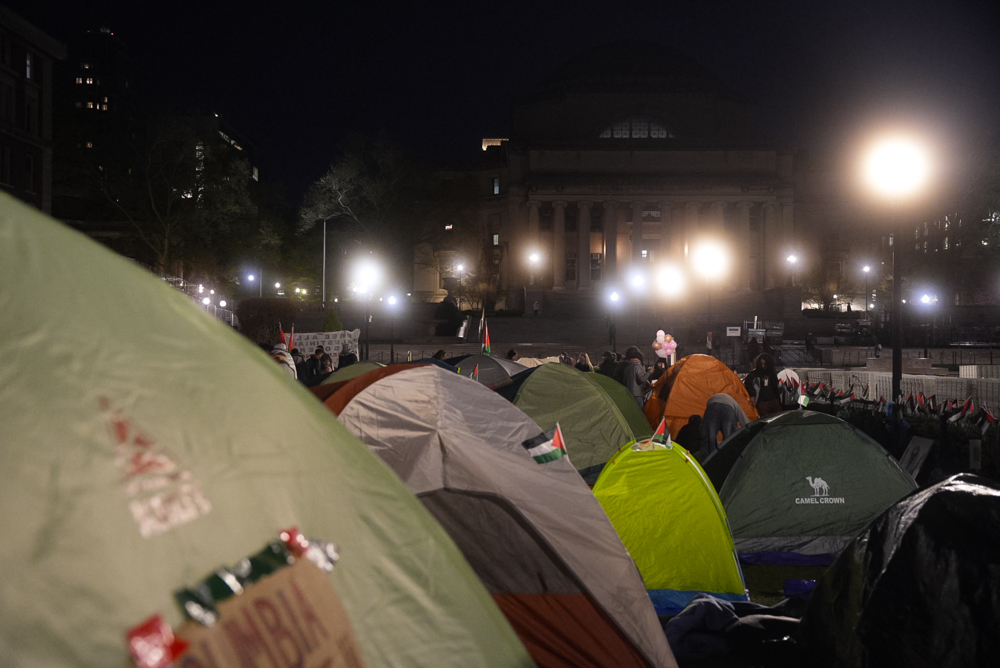In the morning of January 19th, 2025, millions of TikTok users in the U.S. woke up to a notification announcing that the app was no longer available, a long-anticipated result of a lengthy legal process that had gradually paved the way for its ban and a decisive reminder of the digital borders suddenly in place. This was not a drill. Creators scrambled to save their drafts, their carefully curated content now stranded in an inaccessible archive. Businesses that had relied on TikTok’s algorithm for engagement found themselves without an audience, their marketing pipelines cut off overnight. As frustration turned to resignation, the digital diaspora began: some users mourning the loss of a platform that had defined an era, while others rushed to stake their claim on alternatives, desperate to rebuild what had been so abruptly erased. Where, then, do users go? The choice was an ironic and unprecedented one – RedNote, a Chinese-owned social media platform.
Ever since the beginning of the proposal to ban TikTok in 2020, the contention around the issue seems to be symbolically significant rather than substantively effective in addressing the concerns the American government proclaims to have – that of data privacy and national security. Both, in my opinion, would not be resolved by the banning of TikTok. Social media users have been well aware of the potential consequences for using these platforms, the selective targeting of TikTok exposes the inconsistency in the U.S. government’s approach to data privacy, particularly when American tech giants like Meta and X collect similar, if not greater, amounts of personal data without scrutiny. The singling out of TikTok, while U.S. companies remain unchecked, suggests a double standard that disproportionately punishes a foreign-owned business in order to establish absolute dominance in a market that was largely pioneered by American companies. Throughout the shifting political dynamics in the U.S. since the government first proposed that ByteDance divest its ownership of TikTok, it is clear that the TikTok ban is part of a broader trend of fear-based policymaking targeting China’s rise in global tech. The TikTok ban is not an isolated event but part of a larger shift: the gradual fragmentation of the internet into distinct, politically defined spheres. If China’s ‘Great Firewall’ has long symbolized a tightly controlled digital space, the West is now, ironically, creating its own borders in response.
The free and open internet once envisioned now seems less like an inevitable reality and more like a fleeting historical anomaly. The era of unrestricted digital access is rapidly fading as countries begin to realize the significance of data sovereignty and national security in the digital age. Social media theorist Clay Shirky captures this contradiction, arguing that beyond national security concerns, it is the symbolism of a globally dominant media platform owned by a Chinese company that is truly at stake. ‘Whatever the stated rationale of any of the actors in this space,’ he observes, ‘the symbolic nature […] is likely to be the larger effect of these decisions rather than legal precedent.’ The ban represents a defensive impulse: a desire to reassert control over media ecosystems in an era where that control is slipping. It is an act of national insecurity rather than national security—a reaction driven more by the fear of losing cultural and technological dominance than by concrete threats.
This very sense of insecurity makes what follows all the more ironic. By banning TikTok in an attempt to reinforce its dominance in the digital sphere, the U.S. inadvertently accelerates the very outcome it fears: users, creators, and businesses migrating to RedNote, an app rooted in the same Chinese tech ecosystem the U.S. sought to disengage from. Instead of strengthening national influence, the ban highlights its fragility, exposing the limits of American digital hegemony in an era where users are more adaptable than the policies designed to contain them. This digital migration signifies a direct protest to government impositions on the American people, one that deprived many of their main source of entertainment, socialisation, and even income. The ban underscores a deeper reality: the government’s willingness to prioritize political maneuvering over the everyday lives of its citizens.The abrupt removal of the app is less about safeguarding democracy and more about demonstrating power, a decision made with little regard for those who relied on the platform for creative expression, community, and livelihood. The measures Tiktok users undertook also reveals the limits of state authority and regulation in an interconnected and adaptable online culture. The internet remains an inherently fluid space that transcends national borders.
For the first time, people found themselves not just locked out of a digital space, but seeking refuge in another. The #TikTokRefugees that began circulating on RedNote is a perfect encapsulation of digital displacement in the modern age, marking the event as a mass phenomenon. American users adapting to the Chinese-owned platform started to foster a form of engagement that bypasses traditional geopolitical tensions; they are confronted with a reality that often contradicts mainstream narratives. This shift, however, is not just about platform migration but signals a deeper entanglement of cultural spheres that had long remained distinct. For many, the transition is a simple matter of finding a new digital home, but for others, it represents an unsettling disruption of long-established boundaries between national internet ecosystems. As someone caught between both Chinese and American cultures, and naturally a user of both platforms, my reaction to this digital migration was ambivalent. The TikTok ban and subsequent migration to RedNote raise a deeper question: Does the internet belong to its users, or does cultural ownership matter in digital spaces? Although I relish cross-cultural communication on many of these platforms, I have largely kept these identities separate to a great extent. The digital spaces I inhabit have long been bifurcated—one shaped by the rhythms and references of the American internet, the other steeped in the linguistic and cultural nuances of the Chinese digital sphere. Each space operates with its own unspoken rules, humor, and collective memory, making the act of bridging them feel less like fluid movement and more like a constant need for translation. What had once been parallel, separate spheres were now overlapping in unpredictable ways, forcing a reckoning with the tension between digital sovereignty and the long-held illusion of a borderless internet.
While the concept of an interconnected, global digital world is appealing, the risk of platform gentrification inevitably emerged when Americans migrate en masse to a non-Western platform. If TikTok’s exiled users were digital refugees, then RedNote became the site of an uneasy resettlement. Many Chinese users of RedNote reported an overwhelming influx of English content that disrupted the app’s original algorithm, drowning out local creators and reshaping content discovery. The shift was not merely linguistic but also structural. What was once a relatively contained digital ecosystem, attuned to the habits and cultural references of its original user base, was now being reshaped by a sudden, external force. In this sense, the TikTok ban did not just displace American users—it displaced RedNote itself, forcing it to accommodate an audience it was never designed for.
The ban was short-lived, but the effects are enduring. For a country that champions free speech and an open internet, the U.S. has revealed an unsettling paradox: the willingness to impose restrictions when foreign influence challenges its digital dominance. If TikTok today, then what tomorrow? If platforms are now defined by geopolitical anxieties rather than organic user communities, then perhaps the internet is no longer the borderless space it once promised to be. Instead, it is a battleground where nations assert dominance, where users become pawns in a larger struggle for control. Caught between these two digital worlds, I am left wondering: what does it mean to belong online? Is neutrality possible when even the platforms we use are shaped by political fault lines? And as these digital landscapes shift beneath us, one unsettling truth becomes clear—perhaps belonging was never meant to be borderless after all.







